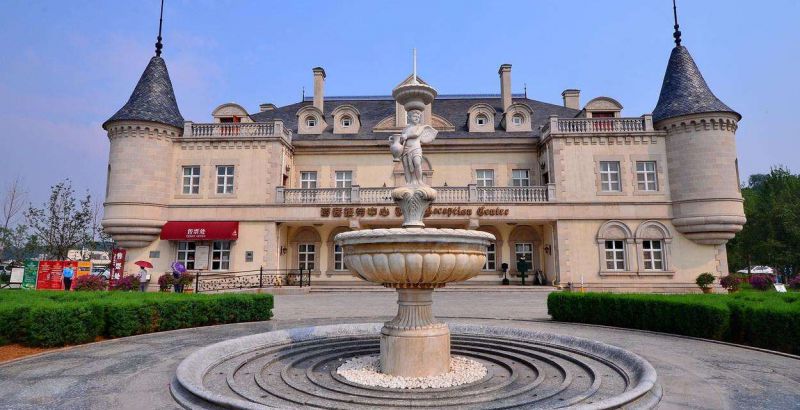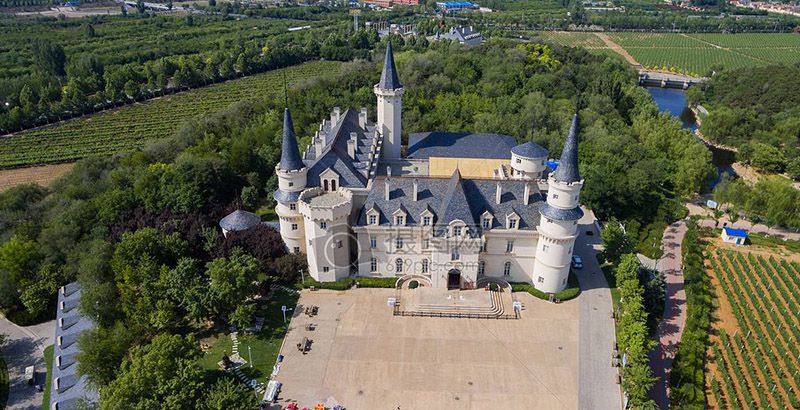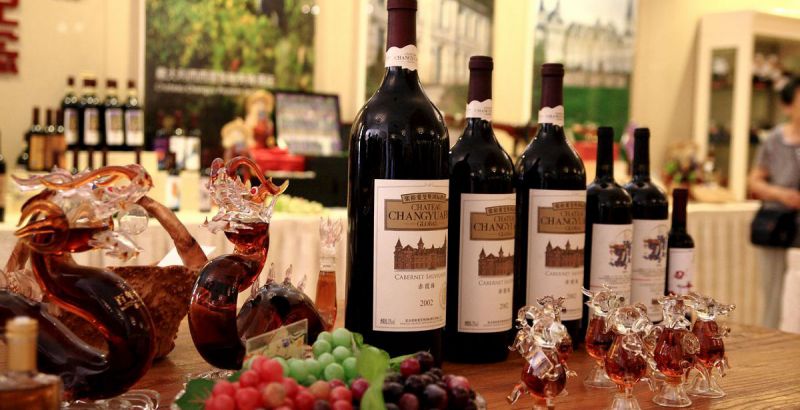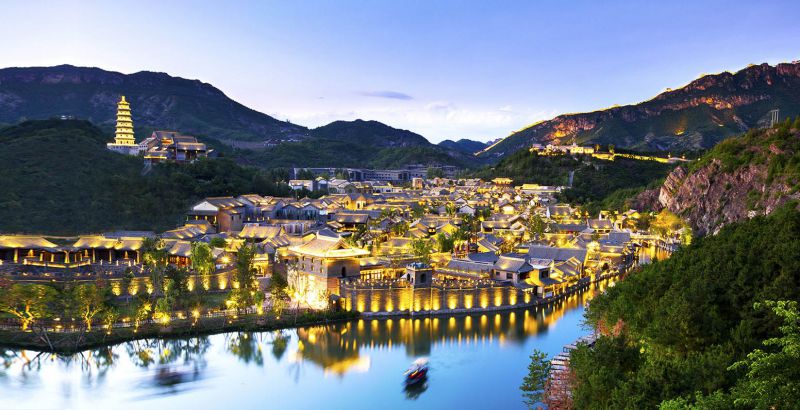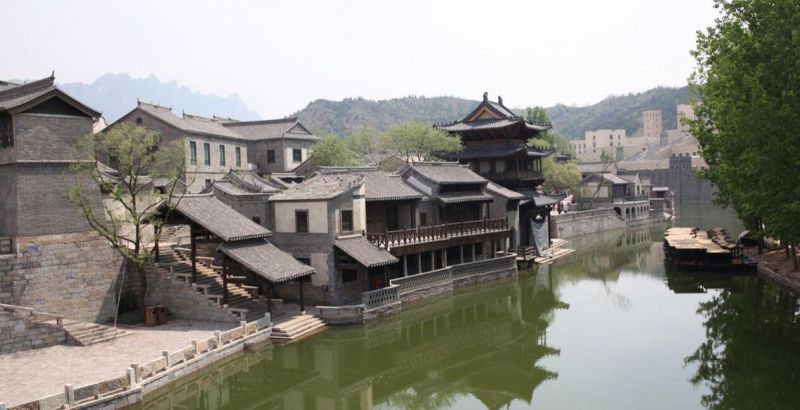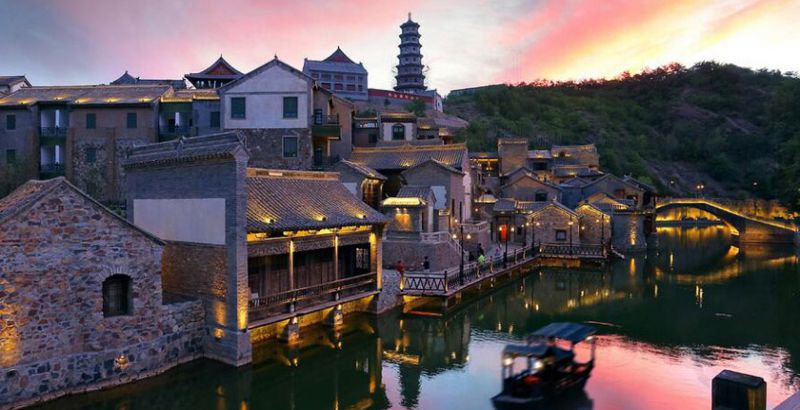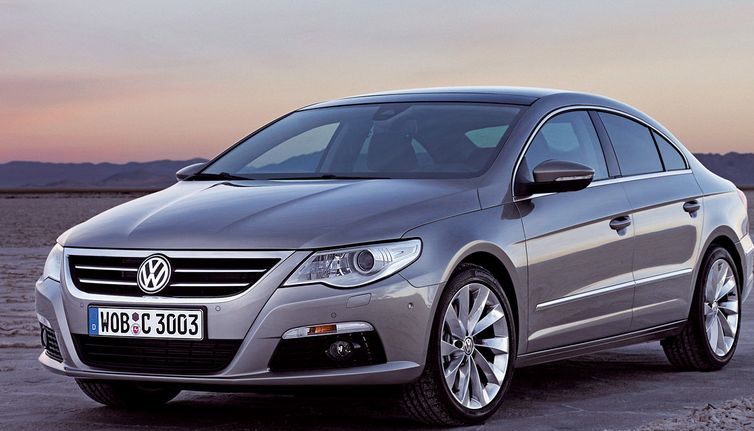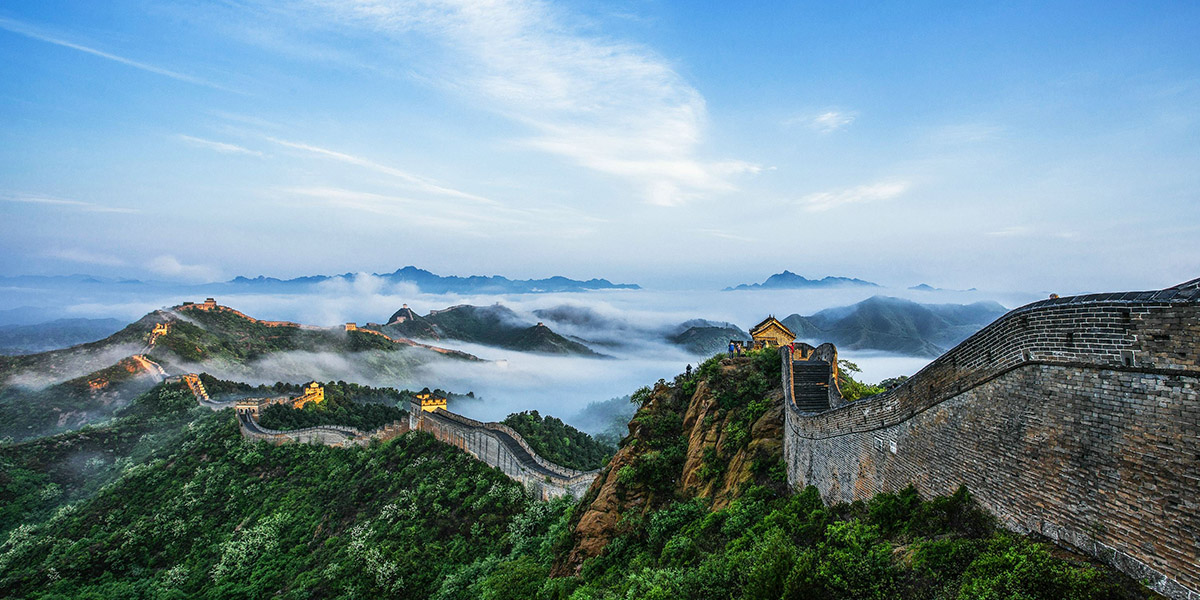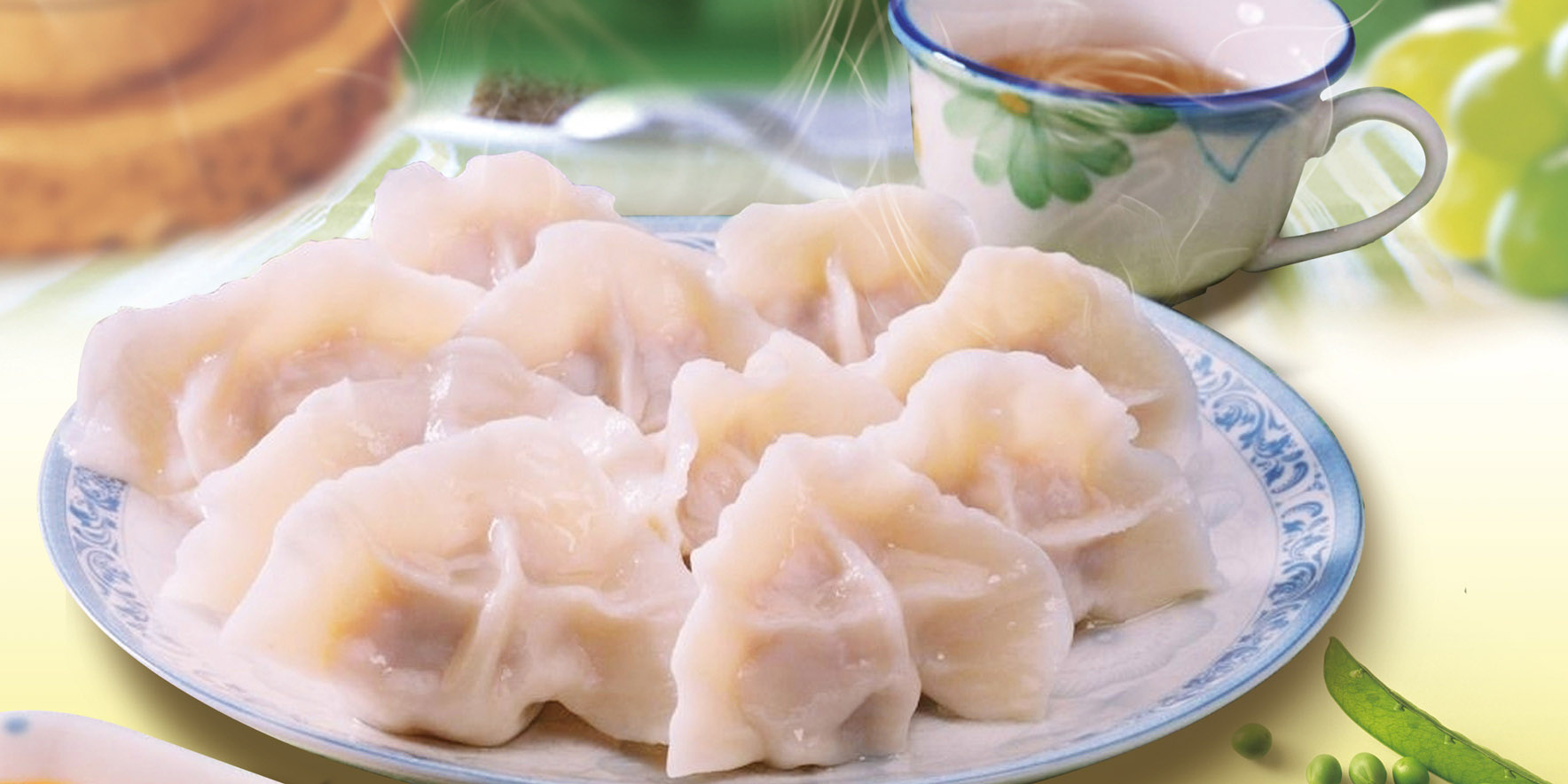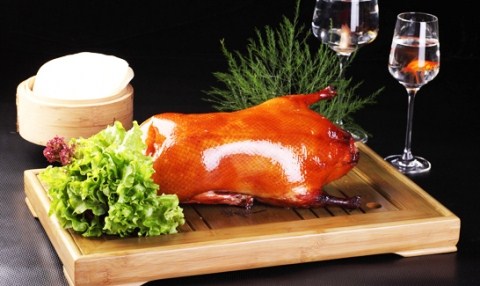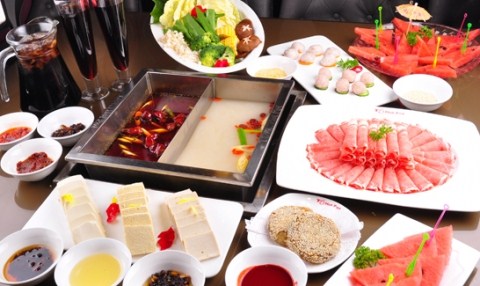Beijing 1 day Chateau Changyu Winery and Gubeikou Water Town Tour
- Private Tour
Price Per Person in USD
Booked by 0 travelers
5 Stars
Hotel+Tour
4 Stars
Hotel+Tour
3 Stars
Hotel+Tour
Only
Tour Fee
1 person
$321
$0
2 person
$194
$0
3 person
$167
$0
4 person
$145
$0
5 person
$130
$0
6 person
$118
$0
7 person
$112
$0
8 person
$108
$0
9 person
$106
$0
≥10 person
$104
$0
Highlights
Beijing includes both “sightseeing and food and wine”. Chateau Changyu Afip Global Winery has a reputation of making one of the best-quality wine in China meanwhile a place for you to learn the culture and history of wine (importing wine since Tang Dynasty). Since the 90s cooperation with French winemakers improved Chinese wine quality dramatically. Next, visit Gubeikou Water Town, next to Simatai Great wall section, enjoy "some Venice of the east town" close to Beijing.
Day 1 Beijing
Driver and tour guide will pick you up at the hotel at your convenience in the morning. Drive to Chateau Changyu Afip Global Beijing which lies at town Jugezhuang, county Miyun of Beijing and is built in European style. Learn about Chinese wine culture and taste.
After lunch, Gubeikou Water Town is your next stop. Stroll the Beijing Venice of the east in Gubeikou Water Town with a history over a thousand years. Gubeikou Water Town is very plain, elegant and picturesque. If we have some time, we can view Simatai Great Wall section (no time is available for hiking). Afterwards you are transferred back to your hotel.
![]() :
:
Scenic spots included in the itinerary
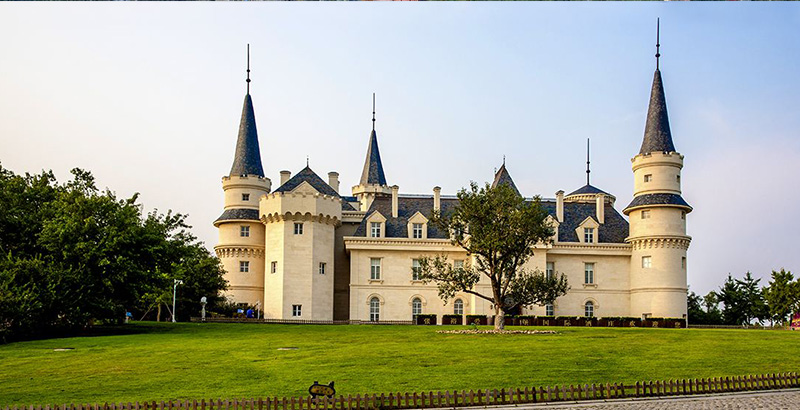
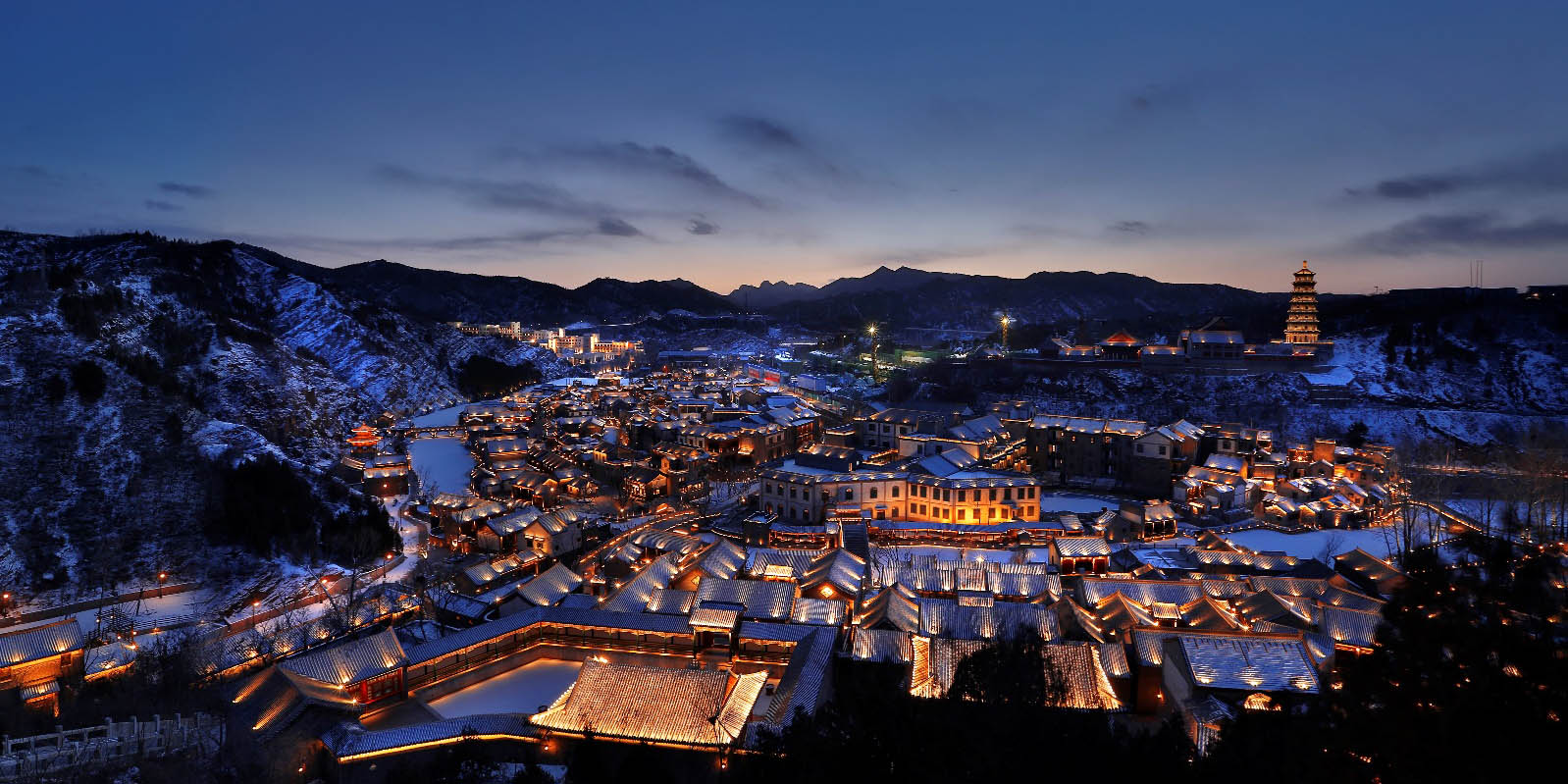
Add Product
Booking Notes
Includes
![]() Entrance fees
Entrance fees
![]() Air-conditioned car
Air-conditioned car
![]() Hotel transfers
Hotel transfers
![]() English speaking guide
English speaking guide
![]() Lunch (incl one soft drink)
Lunch (incl one soft drink)
![]() Wine tasting (one cub)
Wine tasting (one cub)
![]() A bottle of water per person
A bottle of water per person
Excludes
![]() Tips to guide and driver
Tips to guide and driver
![]() Personal expenses
Personal expenses
![]() Additional drinks and food
Additional drinks and food
How to Choose Tour Type?
Affordable Group Tour:
Our small group tour is around of 15 peoples picked up from different hotels. Suitable for tourists with limited budget and who would like to travel with others from different countries.
Best Value Private Tour:
More flexible and time saving.No need to wait for other tourists.Flexible schedule . Possible to be customized for your own itinerary. A privet tour guide and air-conditioned vehicle will be at your service.
How to Book:
1. You can book online, choose to pay the deposit or full payment. We accept payment by PayPal, Credit Card, Wechat and Bank Transfer. After booking, we will send you a booking confirmation email.
2. When you arrive at the departure city, the exactly pick up time will inform by your tour guide though your hotel one night before your tour date.
3.Pick-up Service: To ensure the morning pick-up going smoothly as scheduled, we suggest you choose downtown hotels within the fourth ring road of the city. An additional transfer fee will be incurred if your hotel is outside the above mentioned area. If your hotel is located in a narrow lane or an apartment block, we suggest you find the nearest hotel on the main street as your pick-up point.
Cancellation Policy:
If you cancel at least 7 day(s) in advance of the scheduled departure, there is no cancellation fee.
If you cancel between 3 and 6 day(s) in advance of the scheduled departure, there is a 50 percent cancellation fee.
If you cancel within 2 day(s) of the scheduled departure, there is a 100 percent cancellation fee.
Hotel, flight and train ticket fees are not refundable.
Got Question & Quick Answer
![]()
![]()
CONTACT INFO
PHONE:
EMAIL:
marcopolo@chinatoursnet.comWhatsApp:+86-13683536536iMessage:+86-13683536536
ADDRESS:
Room 208,Business Building AQiantongtian.Longgang Road,Haidian district,Beijing
WeChat:chinatoursnetSkype:chinatoursnet@outlook.com
WHY CHOOSE US

1:We are in Beijing
2:No hidden fees
3:Downtown hotel
4:professional tour guildes and drivers
5:Flexible tour time,private tour group,customized tour service
6:free mineral water
7:Guarantee enough visiting time
8:Guarantee your satisfactory with your choice
